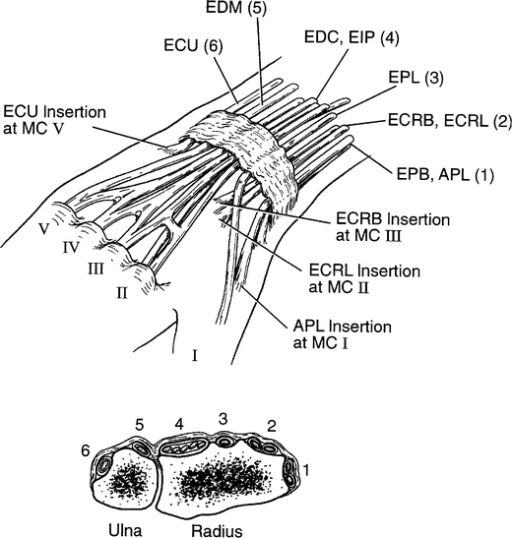

Positioning for the other wrist compartment injections is achieved with the wrist placed flat on the imaging table. in The Traumatised Hand and Wrist, Radiographic and Anatomic Correlation, 1992, p14).Ĭontrast is injected until the patient experiences discomfort from the increased pressure in the wrist joint compartment. Tears or defects are confirmed when communication between normally noncommunicating compartments is demonstrated.

"The major indication for wrist arthrography is to demonstrate preoperatively the presence of a clinically suspected tear or defect in one of the connecting structures. A fifth compartment, the first carpometacarpal joint, is a separate compartment, and its opacification indicates an abnormal communication. A fourth compartment, the pisotriquetral joint, communicates with the radiocarpal joint in 3/4 of patients. The normal site is the dorsal radioscaphoid region.Ĭarpometacrapal joint 2 - 5 are usually filled with the midcarpal injection. This will avoid any extravisated contrast obscuring the anatomy of interest. The injection site should be selected with a view to avoiding injecting at the site of probable abnormality. In anxious patients, where there is a moderate to high risk of the patient fainting, the patient would arguably be more safely positioned on the the fluoroscopy table in a prone position with his/her affected arm above his/her head. Alternatively, the injection may be made slightly distal to what appears to be the radioscaphoid joint, and the needle angled toward the elbow to match the palmar tilt. This position will profile the radioscaphoid joint- the ideal size of the triangular sponge will depend on the patient's palmar tilt (0 - 20 degrees but more commonly 10 - 15 degrees). A small triangular (or similar) positioning sponge is placed under the patient's wrist to cause the patient's wrist to be in a stable/comfortable flexed position. Alternatively, the patient can be lying prone on the fluoroscopy table with his/her affected wrist in a PA position above his/her head. The patient can be seated at the end of the fluoroscopy table with his/her wrist resting on the fluoroscopy table. The injection off contrast into the wrist joint should be undertaken as a sterile fluoroscopic procedure. This is an alternate technique where the wrist is positioned flat on the imaging table and the needle angled toward the elbow joint to match the palmar tilt of the radius. The wrist is flexed over a positioning sponge such that the radial articular surface is profiled. This is arguably the better technique for needle placement in wrist arthrography of the proximal compartment. collect/retrieve/collate relevant previous imaging for ease of review prior to procedure.patient identification (3 'C's- correct patient, correct side, correct procedure.outline wrist ligaments to determine their structural integrity.pregnancy (risk is minimal but patient may wish to delay procedure).

The Traumatised Hand and Wrist, Radiographic and Anatomic Correlation, 1992, p14). Wrist arthrography requires opacification of three separate compartments which do not intercommunicate in the normal wrist. A wrist arthrogram is a radiographic /fluoroscopic examination of the wrist joint(s) following the injection of a contrast agent into the wrist joint cavity or cavities.


 0 kommentar(er)
0 kommentar(er)
